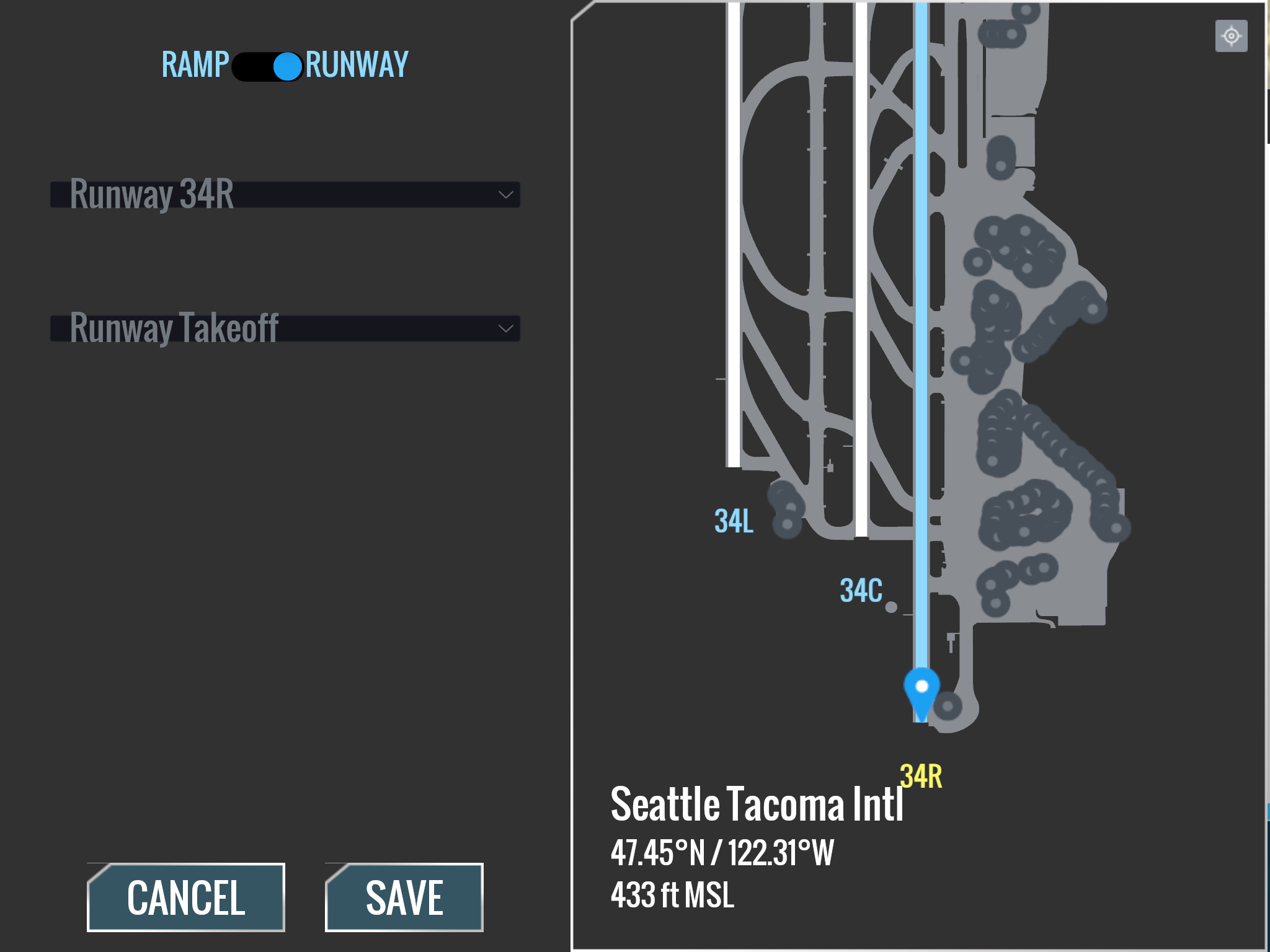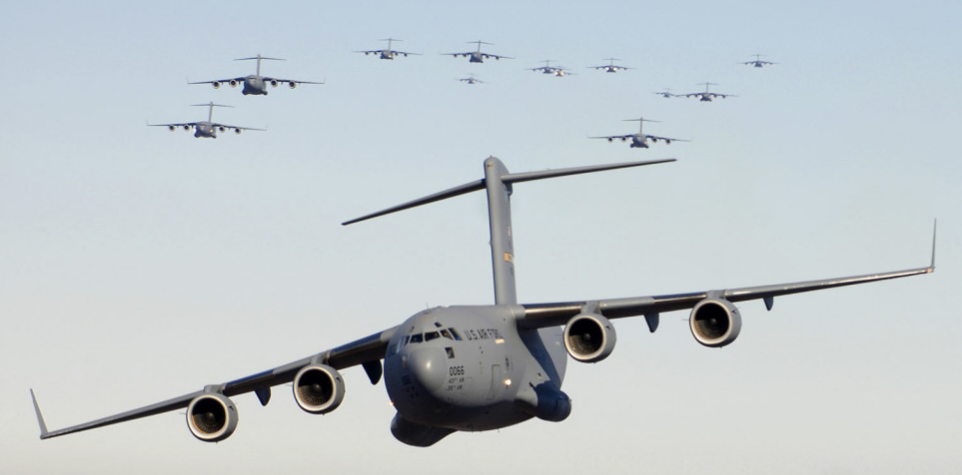

“I think there’s a real opportunity in the 2030s to enable transformational commercial transports,” he adds. For their next narrowbody aircraft, airframers like Boeing and Airbus will likely need composite production rates to be six times greater than current rates, Pearce says. The agency has also studied advanced electrical systems and hybrid-electric propulsion technologies that it predicts can deliver another 5% fuel efficiency.Īdditionally, NASA is studying means of increasing how quickly composite aircraft components can be produced. That is critical because the weight and drag of larger fans can negate benefits from higher bypass ratios. NASA thinks small-core turbofans with improved thermal efficiency (how well an engine converts chemical energy to mechanical energy) can also deliver 5-10% efficiency gains.īy shrinking the core, engineers can increase a turbofan’s ratio of bypass air, and therefore its efficiency, without increasing fan diameter. “We are going to need to look seriously at transonic truss-braced wing,” says Pearce. NASA has tested the truss design at its Ames Research Center in California. Trusses can support longer wings, which have greater aspect ratios, which in turn translates into less drag and 5-10% less fuel burn, Pearce says. The company has worked on the project with NASA.

By comparison, the 737 Max has a 117ft-span wing, according to Boeing.īoeing unveiled this image of a conceptual truss-braced-wing narrowbody passenger aircraft in January 2019. The wing would be atop the fuselage and be supported by a truss composed of four struts. Boeing’s concept is an aircraft with a 170-ft-span (52m) folding wing. Technologies under review by NASA include a subsonic narrowbody aircraft with a truss-braced wing that could cruise at about Mach 0.8, says Bridenstine. Those studies fall under NASA’s Subsonic Ultra Green Aircraft Research programme.īoeing, which received funding through that programme, revealed its conceptual truss-braced-wing narrowbody in January 2019. Analysts suspect those new narrowbodies will hit market in the early 2030s. NASA X-planes now in development include the X-59, a supersonic aircraft with a quieter sonic boom, and the electric-powered X-57.īut in the last decade, NASA researchers have studied designs and technologies practical for jets that will replace Boeing’s 737 Max and Airbus’s A320neo-family, NASA associate administrator for aeronautics Bob Pearce says during the conference. Decade of Airline Excellence Awards 2020Ī truss-braced-wing aircraft model in a wind tunnel at NASA’s Ames Research Center, part of NASA’s Subsonic Ultra Green Aircraft Research Project (SUGAR).


 0 kommentar(er)
0 kommentar(er)
